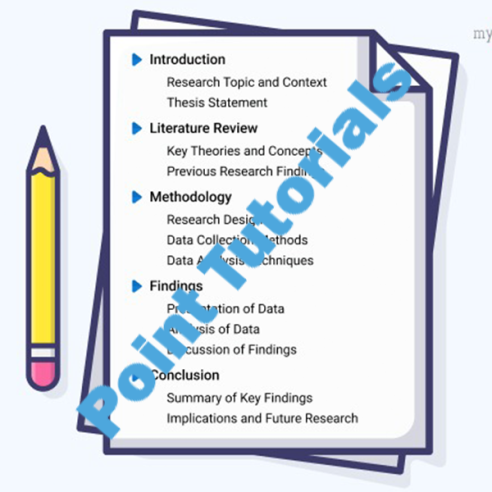
D029 CPE Record
In Stock
D029 CPE RECORD
1b.
● In the course of study, you learned how current and emerging technologies have been transforming clinical practice, nursing administration, and nursing education. In your practice, you will search the WGU Library and the Internet for information on current and emerging technologies that have the potential to enhance nursing and/or healthcare.
● Create an Annotated Bibliography with at least five recent and relevant sources on this topic that you reviewed. (See Sample APA Annotation https://owl.purdue.edu/owl/general_writing/common_writing_assignments/annotated_bibliographies/annotated_bibliography_samples.html.) This can be used to educate your nursing colleagues on the impact that current and emerging technologies has on healthcare delivery.
1B. Annotated Bibliography
Buchanan, C., Howitt, M. L., Wilson, R., Booth, R. G., Risling, T., & Bamford, M. (2021). Predicted Influences of Artificial Intelligence on Nursing Education: Scoping Review. JMIR Nursing, 4(1), e23933. https://doi.org/10.2196/23933
The potential effects of artificial intelligence (AI) on nursing education are examined in this scoping review. The authors discuss how upgrading teaching techniques, offering individualized learning opportunities, and assisting clinical decision-making can improve nursing education. AI techniques like virtual patient simulations can give nursing students a risk-free setting to exercise vital abilities and form clinical judgments. The review underlines that incorporating AI into nursing education can produce more effective, efficient, and knowledgeable nurses. This study is beneficial because it offers insightful information about how AI might improve nursing education. It draws attention to the potential advantages of AI integration and how it can improve nursing students’ skills and readiness for actual clinical settings.
Saab, M. M., Hegarty, J., Murphy, D., & Landers, M. (2021). Incorporating Virtual Reality In Nurse Education: A Qualitative Study Of Nursing Students’ Perspectives. Nurse Education Today, 105, 105045. https://doi.org/10.1016/j.nedt.2021.105045
Nursing students’ perspectives on using virtual reality (VR) in nurse education are explored in this qualitative study. The authors examine how VR technology’s immersive and lifelike clinical scenarios can improve nursing education. The use of VR was praised by nursing students, who noted that it enhanced their capacity for communication, clinical reasoning, and critical thought. VR simulations were valuable tools for gaining practical experience and confidence before face-to-face patient interactions. This study is vital because it offers personal information about the VR experiences of nursing students. Nursing educators and administrators must comprehend their viewpoints to successfully integrate VR tools into nursing courses and modify their teaching strategies accordingly.
Tang, Y. M., Chau, K. Y., Kwok, A. P. K., Zhu, T., & Ma, X. (2022). A systematic review of immersive technology applications for medical practice and education – Trends, application areas, recipients, teaching contents, evaluation methods, and performance. Educational Research Review, 35, 100429. https://doi.org/10.1016/j.edurev.2021.100429
The use of immersive technology in nursing education and practice is the main topic of this systematic study. It addresses trends, learners, instructional materials, assessment techniques, and performance results. The authors stress how interactive and realistic learning experiences made possible by immersive technologies like augmented reality (AR) and virtual reality (VR) might improve medical and nursing education. The review identifies several applications for immersive technologies, such as patient education, procedural training, and anatomy instruction. Understanding the extensive use of immersive technology in nursing and medical education is made possible by this research. It gives a general overview of the various applications of these technologies, which can assist nursing managers and educators in choosing appropriate locales for deployment.
Tiase, V. L., & Carroll, W. M. (2022). Nursing Informatics Today and Future Perspectives for Healthcare. Health Informatics, 231–241. https://doi.org/10.4324/9780429423109-14
The current condition and potential growth of nursing informatics in healthcare are covered in this chapter. The authors examine how technology alters nurse administration by speeding up workflows, improving patient care documentation, and enabling data-driven decision-making. Additionally, they review nursing informatics’s role in enhancing patient safety, quality enhancement, and effective healthcare delivery. Understanding the function of informatics in nursing administration is helped by this chapter. It emphasizes how technology can optimize numerous facets of nursing practice, from patient safety to documentation, ultimately resulting in better healthcare results.
Vargo, D., Zhu, L., Benwell, B., & Yan, Z. (2020). Digital technology use during COVID-19 pandemic: A rapid review. Human Behavior and Emerging Technologies, 3(1), 13–24. https://doi.org/10.1002/hbe2.242
This quick overview examines digital technologies used during the COVID-19 pandemic, including telehealth and remote monitoring. The authors go over how technology was essential to preserving continuity in patient care, promoting nursing education through online learning environments, and allowing healthcare personnel to collaborate remotely. Understanding the quick uptake and effects of digital technology on nursing during emergencies like the COVID-19 pandemic are key takeaways from this review. It illustrates how technology overcame obstacles and preserved crucial healthcare services, guiding upcoming plans to integrate technology into nursing practice and education.
Price:$30.00
Category: List of Solutions
